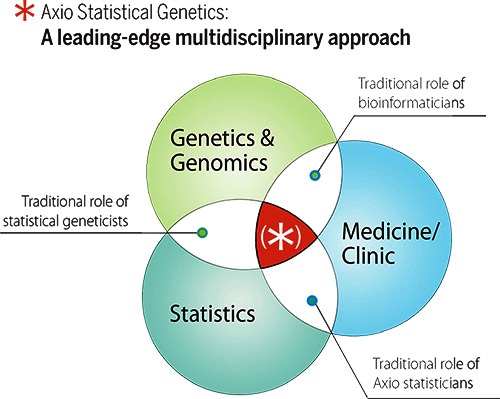
Some statistical terms are commonly used when describing genetic conditions and other disorders. These terms include:
| Statistical term | Description | Examples |
|---|---|---|
| Incidence | The incidence of a gene mutation or a genetic disorder is the number of people who are born with the mutation or disorder in a specified group per year. Incidence is often written in the form “1 in [a number]” or as a total number of live births. | About 1 in 200,000 people in the United States are born with syndrome A each year. An estimated 15,000 infants with syndrome B were born last year worldwide. |
| Prevalence | The prevalence of a gene mutation or a genetic disorder is the total number of people in a specified group at a given time who have the mutation or disorder. This term includes both newly diagnosed and pre-existing cases in people of any age. Prevalence is often written in the form “1 in [a number]” or as a total number of people who have a condition. | Approximately 1 in 100,000 people in the United States have syndrome A at the present time. About 100,000 children worldwide currently have syndrome B. |
| Mortality | Mortality is the number of deaths from a particular disorder occurring in a specified group per year. Mortality is usually expressed as a total number of deaths. | An estimated 12,000 people worldwide died from syndrome C in 2015. |
| Lifetime risk | Lifetime risk is the average risk of developing a particular disorder at some point during a lifetime. Lifetime risk is often written as a percentage or as “1 in [a number].” It is important to remember that the risk per year or per decade is much lower than the lifetime risk. In addition, other factors may increase or decrease a person's risk as compared with the average. | Approximately 1 percent of people in the United States develop disorder D during their lifetimes. The lifetime risk of developing disorder D is 1 in 100. |
This health news has been brought to you by the publishers of Health Reviews, Tips and News Website. Visit today for great health tips and reviews.



No comments
Post a Comment